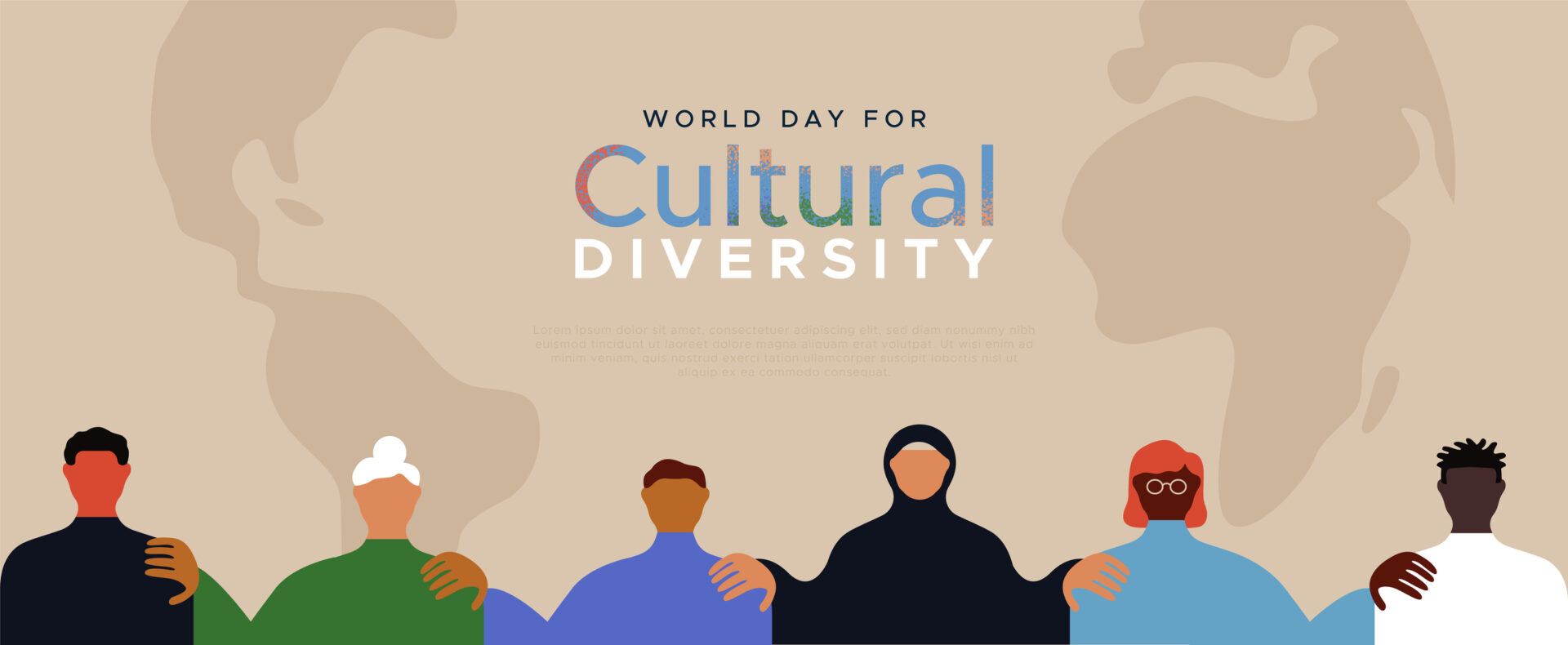If you have been following news outlets over the last year, you are probably familiar with the wildfires that raged in Brazil, Australia, and California. Such hot climates are prone to fires as dry vegetation, heat, and human error result in flames.
While wildfires in colder climates may be less widely known, they occur with frequency. Over the last few months, wildfires have run rampant in Siberia. These fires, which are also called zombie fires, have the potential to wreak havoc on our ecosystem, increase the pollutants in our air, and change the course of local hydrologic systems. As humans, we have a codependency on the earth. What affects the health of our planet and its ecosystem ultimately affects us. Below we address the current state of the zombie fires and the effects they can have on our environment and, thus, our health.
A Flickering Flame
Wildfires in arctic regions are a common occurrence; however, the frequency and spread of those occurring now is unprecedented. According to one source, the fires occurring now and over the last two decades have become worse, spanning larger areas of land and displacing more flora and fauna than ever before. Last year, more than 100 zombie fires burned in the arctic circle. The fires burning now began in May of 2020 with little to control them, there is no telling how long the land in Siberia will burn.
The way the fires spread is what gives them their name. They often burn below ground, fueled by methane deposits. This aspect of these fires makes them challenging to detect. In many cases, once they are found, significant damage has already be done.
Geographic Burns
When these fires spread, they have the potential to thaw frozen soil, much of which is laden with carbon. Should this soil thaw, the carbon would be released into the atmosphere. This would accelerate global warming.
The fires also have the potential to change the topography of the area. When the permafrost melts, it will leave divots in the land. There is also the potential for melted frost to travel to bodies of water with lower elevations. An overabundance of water in these areas could cause water levels to rise, affecting communities settled nearby.
These fires also cause native mammals to migrate. Primary species affected by this include moose and caribou.
Breathing in the Fumes
Like other fires, zombie fires have the potential to impact the lungs and hearts of humans. When a person breathes in smoke from a wildfire, small particles enter their respiratory system. Because they aren’t visible, these particles can pass through the lungs, infiltrating other areas of the body.
While data on the health effects of arctic fires on local communities is difficult to collect, given that many areas are rural and may have limited access to healthcare, the health effects of these fires on human health are most likely similar to those studied in other parts of the world.
Over a long period, inhaling wildfire smoke can lead to asthma, heart disease, cancer, and premature death. Short term effects include coughing, shortness of breath, and eye or throat sores.
Interested in treating patients affected by smoke inhalation?
Consider a specialization in pulmonology!







Leave A Comment